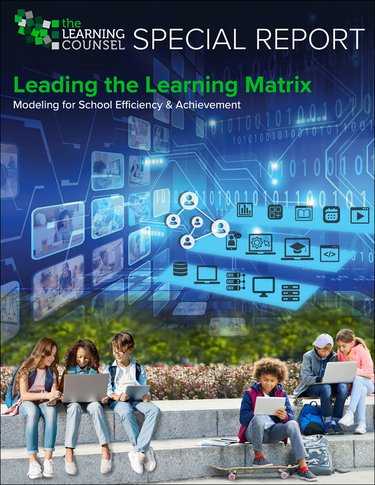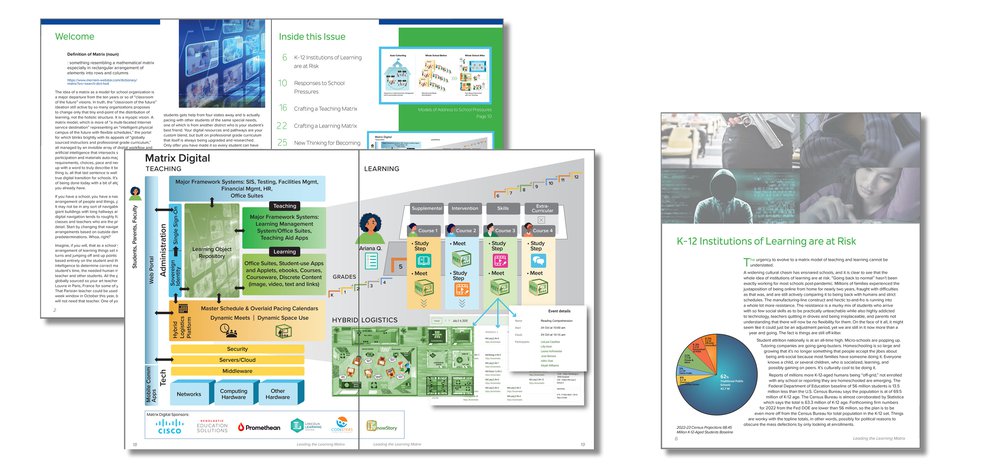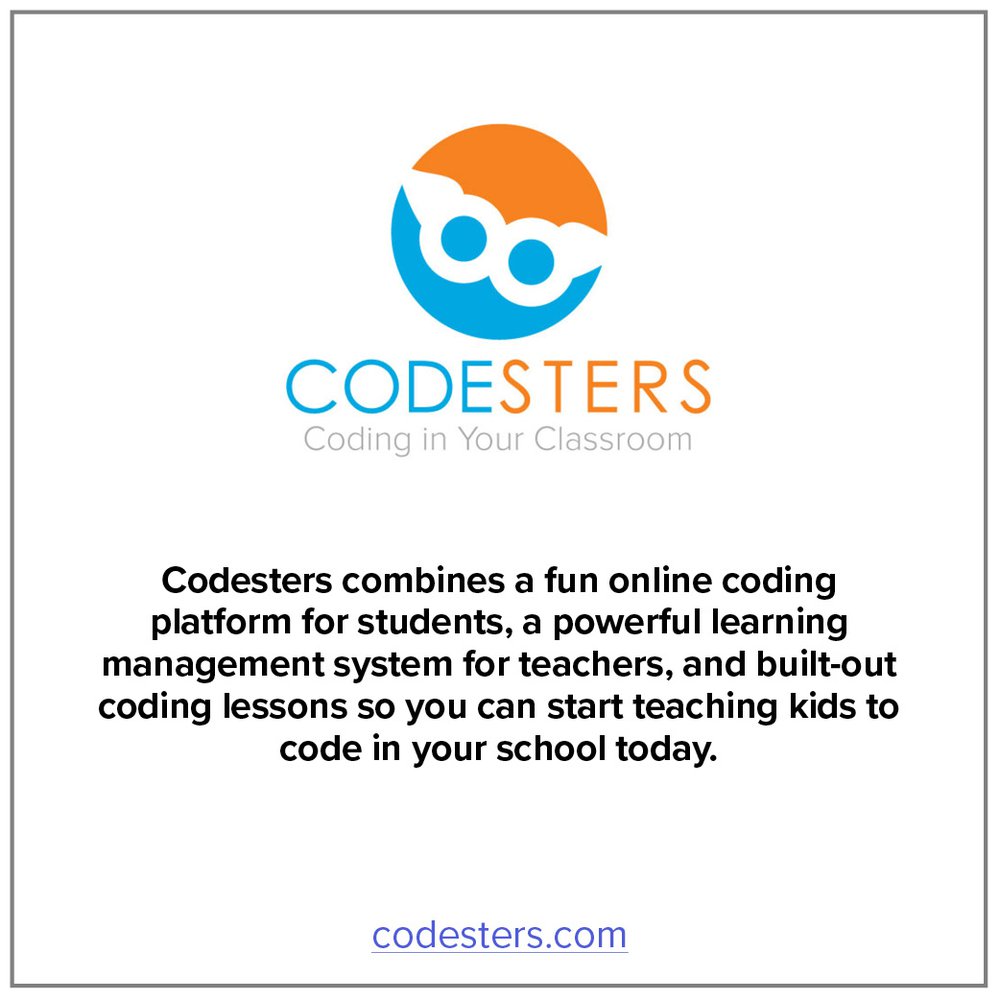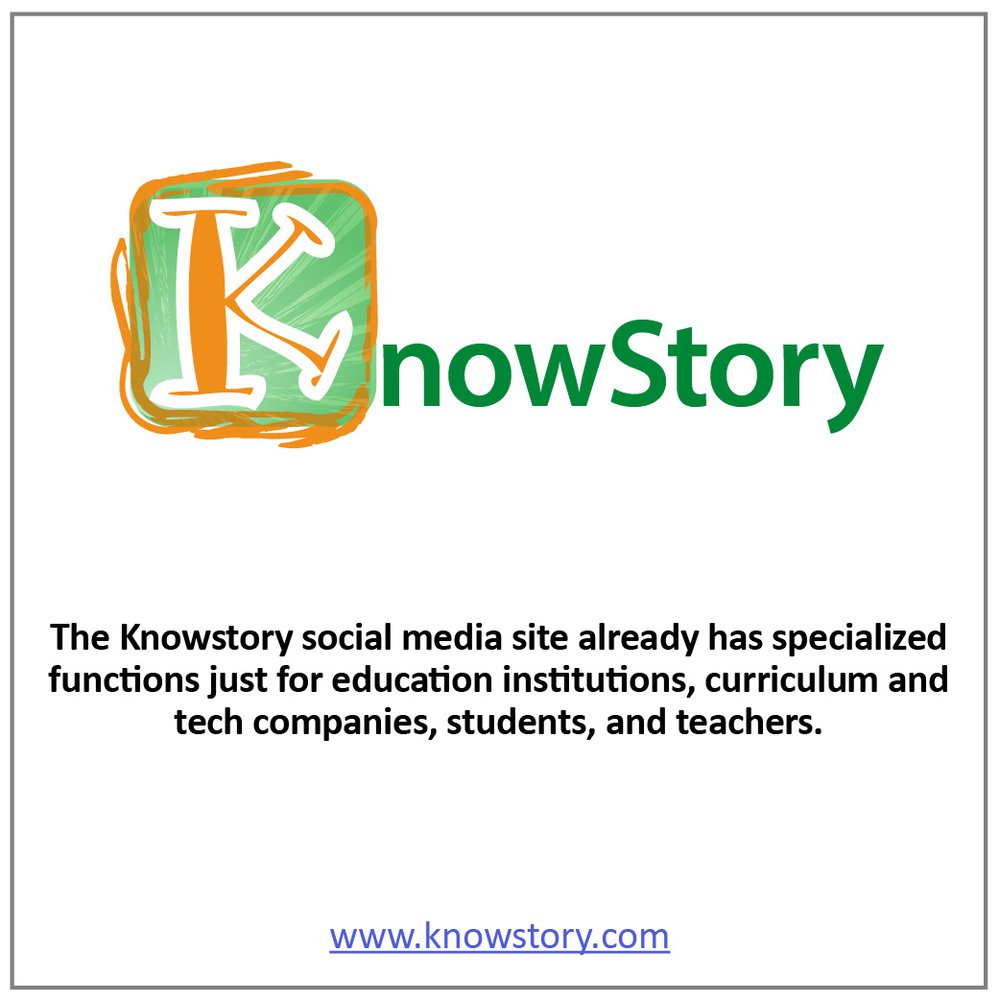Leading the Learning Matrix
The field of education is transforming, evolving from the industrial model that put students in rows, following bells and lines, and normalizing. As we progress into the information age, societal pressures are requiring that the model of education change in response to needs in the workplace today and in the future. In the wake of the COVID19 pandemic the culture and climate of learning institutions has shifted irreversibly. Technological resources that were seen as novel and unnecessary suddenly are required and commonplace. Concepts of personalization like student agency, voice, choice and a rethinking of time and space use are now being woven meaningfully into the evolving concept of “school”. Personalized, flexible and tech-amplified is expected, and not just because it’s best for kids, there are very real systemic efficiencies that a new model brings to the systems that support them.
Staff shortages, student attrition or migration away from traditional models, and system overload are pushing schools to change. These are symptoms of a larger issue, endemic to the current educational system that struggles to maintain the status quo and perpetuate the inefficiencies it was built around. Faced with pressures, historical school district responses do not meet needs being expressed by students, families, and businesses today.
One new response, the Matrix Digital model, builds upon the existing school design, and uses a finely tuned matrix of systems, technologies, and structures to rethink how time and space are used. It allows educators to lean on technology to help create personalized and flexible learning experiences while maximizing their time engaging with students. Leading this Matrix Digital model is the current necessity for educational leadership and represents the evolution of schools as they prepare for the future.









